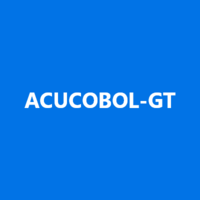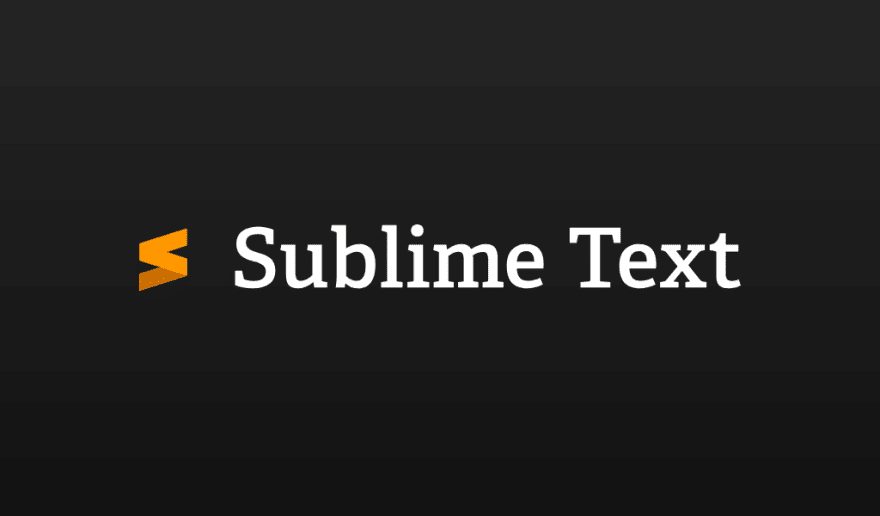Description
Introduction
The rapid growth of the Internet of Things (IoT) has led to a massive increase in the number of connected devices, creating new opportunities and challenges in asset management, security, and data management. Tokenizing IoT assets with blockchain technology offers a promising solution by allowing these physical or digital assets to be represented as tokens on a blockchain, enabling efficient tracking, ownership transfer, and security. This course explores how blockchain can be leveraged to tokenize IoT assets, enhancing transparency, automation, and security in asset management.
Prerequisites
- Basic knowledge of blockchain technology, including smart contracts and consensus mechanisms.
- Understanding of IoT concepts and devices.
- Familiarity with programming languages like Solidity (for smart contracts).
- Understanding of asset management, ownership, and transfer principles.
- Knowledge of decentralized applications (dApps).
Table of Contents
- Introduction to Tokenization and Blockchain Technology
1.1 What is Tokenization?
1.2 Key Principles of Blockchain Technology
1.3 Overview of Blockchain Platforms for Tokenization
1.4 Benefits of Tokenizing Assets with Blockchain - Understanding IoT Assets and Their Management
2.1 Defining IoT Assets: Types and Examples
2.2 Challenges in Managing IoT Assets
2.3 The Role of IoT in Modern Businesses
2.4 How Blockchain Improves IoT Asset Management - Tokenizing IoT Devices with Blockchain
3.1 Concept of Digital Tokens and NFTs in Asset Management
3.2 How Blockchain Enables Tokenization of IoT Assets
3.3 Mapping IoT Devices to Blockchain Tokens
3.4 Use Cases of Tokenized IoT Assets(Ref: IoT Energy Grids and Blockchain: Developing P2P Trading Solutions) - Blockchain for IoT Data and Ownership Tracking
4.1 How Blockchain Secures Data Associated with IoT Devices
4.2 Using Blockchain for Provenance and Ownership Tracking
4.3 Managing IoT Device Lifecycle with Blockchain
4.4 Case Studies of Blockchain in IoT Data Management - Smart Contracts for Automating IoT Asset Transactions
5.1 Introduction to Smart Contracts and Their Role in Tokenization
5.2 How Smart Contracts Enable Automation of Asset Transfers
5.3 Writing Smart Contracts for IoT Asset Management
5.4 Use Cases of Smart Contracts in IoT Asset Tokenization - Ensuring Security and Privacy in Tokenized IoT Systems
6.1 Security Concerns in IoT and Blockchain Integration
6.2 Blockchain’s Role in Securing IoT Assets and Transactions
6.3 Privacy Considerations in IoT Data on Blockchain
6.4 Implementing Security Protocols in Tokenized IoT Networks - Interoperability of Tokenized IoT Assets Across Platforms
7.1 Challenges in IoT Platform Interoperability
7.2 Blockchain’s Role in Enabling Interoperability of IoT Systems
7.3 Creating Cross-Platform Tokenized IoT Solutions
7.4 Case Studies of Cross-Platform Tokenization in IoT - Developing a Tokenized IoT Asset Platform
8.1 Key Components of a Tokenized IoT System
8.2 Developing Blockchain-Based IoT Asset Management Platforms
8.3 Designing and Implementing Tokenized IoT Solutions
8.4 Tools and Frameworks for Building Tokenization Platforms - Regulatory and Legal Aspects of Tokenizing IoT Assets
9.1 Legal Frameworks for Tokenizing IoT Assets
9.2 Compliance Challenges and Blockchain Solutions
9.3 Regulatory Bodies and Standards for Tokenization
9.4 Ensuring Legal Compliance in Tokenized IoT Systems(Ref: IoT Blockchain Ecosystems: Designing Secure and Scalable dApps ) - Future of Tokenization in IoT
10.1 Emerging Trends in IoT and Blockchain Integration
10.2 The Potential of Tokenization for Smart Cities and Industry 4.0
10.3 Scaling Tokenized IoT Solutions for Global Adoption
10.4 Future Developments in Blockchain Technology for IoT
Conclusion
Tokenizing IoT assets with blockchain technology offers a transformative approach to managing connected devices, enhancing transparency, security, and automation in the process. By creating digital tokens that represent ownership, transactions, and data related to IoT assets, blockchain enables seamless and secure management across various platforms. This innovative combination can streamline IoT asset management, from tracking device provenance to automating transactions with smart contracts. As the IoT ecosystem continues to evolve, tokenization offers a pathway to unlocking the full potential of decentralized networks, creating more efficient, secure, and scalable IoT systems.







Reviews
There are no reviews yet.